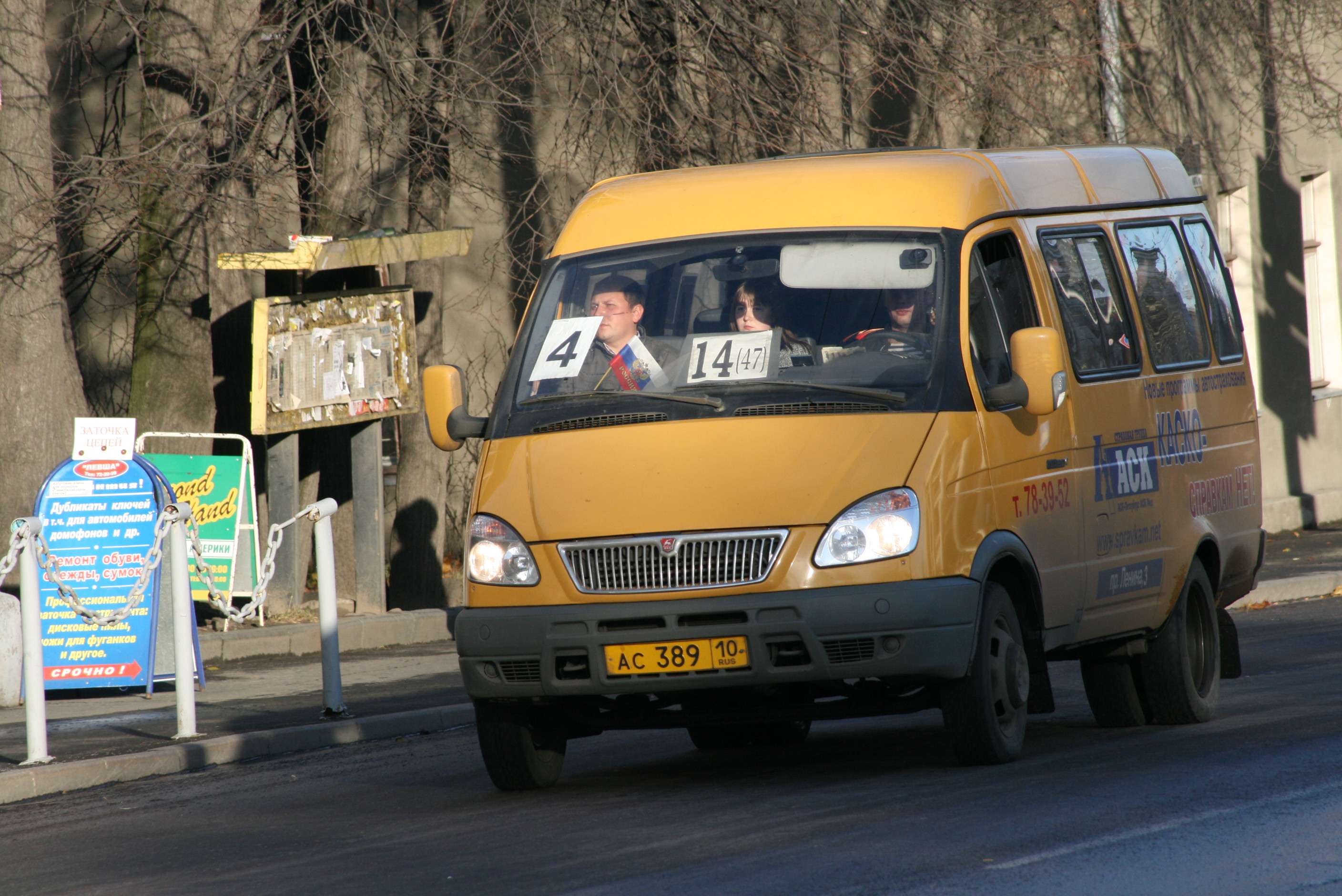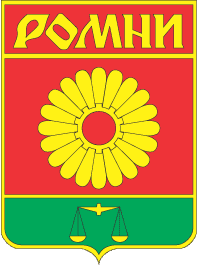|
Nedryhailiv
Nedryhailiv ( uk, Недригайлів) is an urban-type settlement situated on the Sula River in Sumy Oblast, northeastern Ukraine. It formerly served as the administrative center of the Nedryhailiv Raion, housing the raion's administrative structure until the raion's abolition in 2020, but is now administered within Romny Raion. Population: Geography The town, like many localities situated in the Eurasian Steppe, is mostly flat with no nearby mountains or valleys. Large swaths of the land to the south, east, and west of the Nedryhayliv township are dedicated to agriculture while the town's northern border is formed by the Sula River. Nedryhayliv is located in the center of the Nedryhaylivskyi Raion. Most of the town center is hooked up to local water mains that connect to a freshwater spring located more than 700 meters underground. History According to the official regional history, on the territory of the modern-day Nedryhayliv district were settlements formed duri ... [...More Info...] [...Related Items...] OR: [Wikipedia] [Google] [Baidu] |
Nedryhaylivskyi Raion
Nedryhailiv Raion ( uk, Недригайлівський район) was a raion in Sumy Oblast in Central Ukraine. The administrative center of the raion was the urban-type settlement of Nedryhailiv. The raion was abolished on 18 July 2020 as part of the administrative reform of Ukraine, which reduced the number of raions of Sumy Oblast to five. The last estimate of the raion population was References Former raions of Sumy Oblast 1923 establishments in Ukraine Ukrainian raions abolished during the 2020 administrative reform {{Sumy-geo-stub ... [...More Info...] [...Related Items...] OR: [Wikipedia] [Google] [Baidu] |
Nedryhailiv Raion
Nedryhailiv Raion ( uk, Недригайлівський район) was a raion in Sumy Oblast in Central Ukraine. The administrative center of the raion was the urban-type settlement of Nedryhailiv. The raion was abolished on 18 July 2020 as part of the administrative reform of Ukraine, which reduced the number of raions of Sumy Oblast to five. The last estimate of the raion population was References Former raions of Sumy Oblast 1923 establishments in Ukraine Ukrainian raions abolished during the 2020 administrative reform {{Sumy-geo-stub ... [...More Info...] [...Related Items...] OR: [Wikipedia] [Google] [Baidu] |
Sumy Oblast
Sumy Oblast ( uk, Сумська́ о́бласть, translit=Sumska oblast; also referred to as Sumshchyna – uk, Су́мщина) is an oblast (province) in the northeastern part of Ukraine. Population: The oblast was created in its most recent form, from the merging of raions from Kharkiv Oblast, Chernihiv Oblast, and Poltava Oblast in 1939 by the Presidium of the Supreme Soviet of the Soviet Union. The administrative center of the oblast is the city of Sumy. Other important cities within the oblast include Konotop, Okhtyrka, Romny, and Shostka. The oblast has a heavy mix of agriculture and industry, with over 600 industrial locations. Importantly, seven rivers pass through the oblast. Geography The Sumy Oblast is situated in the northeastern part of Ukraine. It is situated on a border of two historical regions of Ukraine — Cossack Hetmanate (annexed by Russia in the 18th century as Little Russia, previously known as Severia) and Sloboda Ukraine. El ... [...More Info...] [...Related Items...] OR: [Wikipedia] [Google] [Baidu] |
List Of Urban-type Settlements In Ukraine
On 1 January 2006 there were 885 urban-type settlements ( uk, селище міського типу, translit.: ''selysche mis'koho typu'') in Ukraine. Below is the list of ''all'' urban-type settlements by subdivisions and population, which is given according to the 2001 Ukrainian Census. __TOC__ Urban-type settlements in Ukraine (by subdivisions) Autonomous Republic of Crimea , Cherkasy Oblast , Chernihiv Oblast , Chernivtsi Oblast , Dnipropetrovsk Oblast , Donetsk Oblast , Ivano-Frankivsk Oblast , Kharkiv Oblast , Kherson Oblast , Khmelnytskyi Oblast , Kyiv Oblast , Kirovohrad Oblast , Luhansk Oblast , Lviv Oblast , Mykolaiv Oblast , Odessa Oblast , Poltava Oblast , Rivne Oblast , Sevastopol , Sumy Oblast , Ternopil Oblast , Vinnytsia Oblast , Volyn Oblast , Zakarpattia Oblast , Zaporizhzhia Oblast , Zhytomyr Oblast See also * List of places named after people#Ukraine * Administrative divisions of Uk ... [...More Info...] [...Related Items...] OR: [Wikipedia] [Google] [Baidu] |
Marshrutka
''Marshrutka''Urban transportation systems: choices for communities (p. 254). Sigurd Grava. McGraw-Hill Professional, 2003. 840 pp. 0071384170, 9780071384179. or ''marshrutnoe taksi''THE COMPARATIVE ANALYSIS OF ENGLISH AND LITHUANIAN: TRANSPORT TERMS AND SOME METHODS OF DEVELOPING EFFECTIVE SCIENCE WRITING STRATEGIES BY NON ... [...More Info...] [...Related Items...] OR: [Wikipedia] [Google] [Baidu] |
Sumy
Sumy ( uk, Суми ) is a city of regional significance in Ukraine, and the capital of Sumy Oblast. The city is situated on the banks of the Psel River in northeastern Ukraine with a population of according to the 2021 census, making it the 23rd-largest in the country. The city of Sumy was founded in the 1650s by the Cossacks within the region of Sloboda Ukraine. History Sumy was founded by Cossack Herasym Kondratyev from Stavyshche, Bila Tserkva Regiment on the bank of the Psel River, a tributary of the Dnieper.Bazhan, O.H., Vortman, D.Ya., Masliychuk, V.L. Sumy, regional center (СУМИ, ОБЛАСНИЙ ЦЕНТР)'. Encyclopedia of History of Ukraine. The date of its foundation is a subject of discussion (in 1652 or 1655). In 1656–58 at the site of Sumyn early settlement, under the leadership of Muscovite voivode K. Arsenyev, there was built a city-fort that consisted of a fort and a grad (town). In the 1670s it was expanded by adding a fortified ''posad'' ... [...More Info...] [...Related Items...] OR: [Wikipedia] [Google] [Baidu] |
Romny
Romny ( uk, Ромни́, ) is a city in northern Ukrainian Sumy Oblast. It is located on the Romen River. Romny serves as the administrative centre of Romny Raion. It is administratively incorporated as a city of oblast significance and does not belong to the raion. The villages of Lutschky (438 inhabitants), Kolisnykove (43 inhabitants) and Hrabyne belong to the Romny Municipality. Population: History The city was founded in AD 902. On September 16, 2002 the city celebrated its 1,100th anniversary. Romny was first mentioned in documents in 1096 (as Romen, ; the name, originally that of the river, is of Baltic origin, cf. Lithuanian ''romus'' 'quiet'). At various times, it passed under Mongol, Lithuanian, Polish and Russian rule. By 1638, the city had a population of 6,000 inhabitants, which made it by far the largest settlement in the area. In 1781, the city was granted a charter by the Tsarina Catherine II. In Romny the first statue of Taras Shevchenko was erected on ... [...More Info...] [...Related Items...] OR: [Wikipedia] [Google] [Baidu] |
Urban-type Settlement
Urban-type settlementrussian: посёлок городско́го ти́па, translit=posyolok gorodskogo tipa, abbreviated: russian: п.г.т., translit=p.g.t.; ua, селище міського типу, translit=selyshche mis'koho typu, abbreviated: uk, с.м.т., translit=s.m.t.; be, пасёлак гарадскога тыпу, translit=pasiolak haradskoha typu; pl, osiedle typu miejskiego; bg, селище от градски тип, translit=selishte ot gradski tip; ro, așezare de tip orășenesc. is an official designation for a semi-urban settlement (previously called a "town"), used in several Eastern European countries. The term was historically used in Bulgaria, Poland, and the Soviet Union, and remains in use today in 10 of the post-Soviet states. The designation was used in all 15 member republics of the Soviet Union from 1922, when it replaced a number of terms that could have been translated by the English term "town" (Russia – '' posad'', Ukraine ... [...More Info...] [...Related Items...] OR: [Wikipedia] [Google] [Baidu] |
Kievan Rus'
Kievan Rusʹ, also known as Kyivan Rusʹ ( orv, , Rusĭ, or , , ; Old Norse: ''Garðaríki''), was a state in Eastern and Northern Europe from the late 9th to the mid-13th century.John Channon & Robert Hudson, ''Penguin Historical Atlas of Russia'' (Penguin, 1995), p.14–16.Kievan Rus Encyclopædia Britannica Online. Encompassing a variety of polities and peoples, including East Slavic, , and Finnic, it was ruled by the Rurik dynasty< ... [...More Info...] [...Related Items...] OR: [Wikipedia] [Google] [Baidu] |
Grand Duchy Of Moscow
The Grand Duchy of Moscow, Muscovite Russia, Muscovite Rus' or Grand Principality of Moscow (russian: Великое княжество Московское, Velikoye knyazhestvo Moskovskoye; also known in English simply as Muscovy from the Latin ) was a Rus' principality of the Late Middle Ages centered on Moscow, and the predecessor state of the Tsardom of Russia in the early modern period. It was ruled by the Rurik dynasty, who had ruled Rus' since the foundation of Novgorod in 862. Ivan III the Great titled himself as Sovereign and Grand Duke of All Rus' (russian: государь и великий князь всея Руси, gosudar' i velikiy knyaz' vseya Rusi). The state originated with the rule of Alexander Nevsky of the Rurik dynasty, when in 1263, his son, Daniel I, was appointed to rule the newly created Grand Principality of Moscow, which was a vassal state to the Mongol Empire (under the " Tatar Yoke"), and which eclipsed and eventually absorbed its parent du ... [...More Info...] [...Related Items...] OR: [Wikipedia] [Google] [Baidu] |
Polish–Lithuanian Commonwealth
The Polish–Lithuanian Commonwealth, formally known as the Kingdom of Poland and the Grand Duchy of Lithuania, and, after 1791, as the Commonwealth of Poland, was a bi- confederal state, sometimes called a federation, of Poland and Lithuania ruled by a common monarch in real union, who was both King of Poland and Grand Duke of Lithuania. It was one of the largest and most populous countries of 16th- to 17th-century Europe. At its largest territorial extent, in the early 17th century, the Commonwealth covered almost and as of 1618 sustained a multi-ethnic population of almost 12 million. Polish and Latin were the two co-official languages. The Commonwealth was established by the Union of Lublin in July 1569, but the Crown of the Kingdom of Poland and the Grand Duchy of Lithuania had been in a ''de facto'' personal union since 1386 with the marriage of the Polish queen Jadwiga (Hedwig) and Lithuania's Grand Duke Jogaila, who was crowned King '' jure uxoris'' Władys� ... [...More Info...] [...Related Items...] OR: [Wikipedia] [Google] [Baidu] |
Kyiv
Kyiv, also spelled Kiev, is the capital and most populous city of Ukraine. It is in north-central Ukraine along the Dnieper, Dnieper River. As of 1 January 2021, its population was 2,962,180, making Kyiv the List of European cities by population within city limits, seventh-most populous city in Europe. Kyiv is an important industrial, scientific, educational, and cultural center in Eastern Europe. It is home to many High tech, high-tech industries, higher education institutions, and historical landmarks. The city has an extensive system of Transport in Kyiv, public transport and infrastructure, including the Kyiv Metro. The city's name is said to derive from the name of Kyi, one of its four legendary founders. During History of Kyiv, its history, Kyiv, one of the oldest cities in Eastern Europe, passed through several stages of prominence and obscurity. The city probably existed as a commercial center as early as the 5th century. A Slavs, Slavic settlement on the great trade ... [...More Info...] [...Related Items...] OR: [Wikipedia] [Google] [Baidu] |





.jpg)